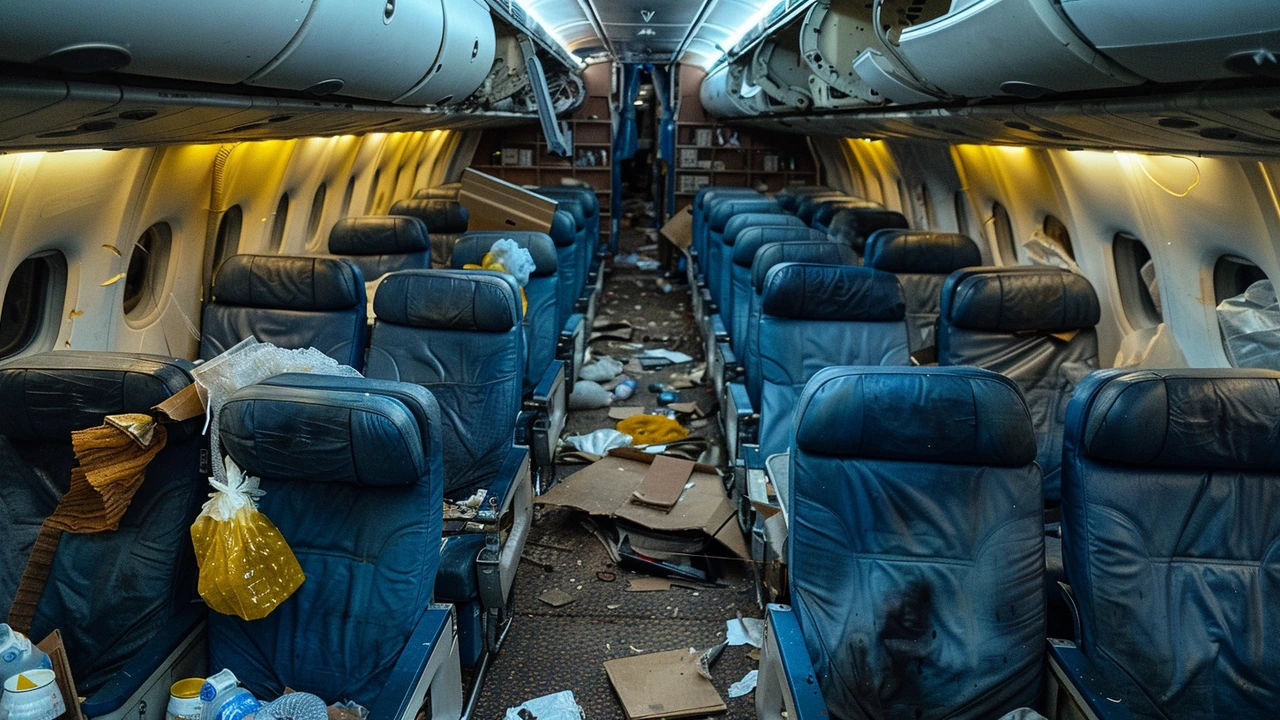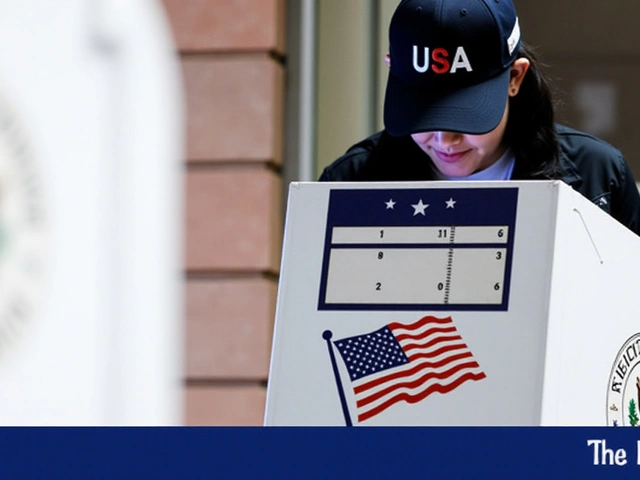Tragedy Strikes Singapore Airlines Flight SQ321
On an otherwise routine flight from London to Singapore, tragedy struck Singapore Airlines Flight SQ321, a Boeing 777-300ER. The plane encountered severe turbulence, leading to the unfortunate death of one passenger and causing injuries to several others on board. The aircraft was carrying 211 passengers and 18 crew members when the turbulent episode disrupted the journey.
This distressing incident occurred mid-flight, prompting the flight crew to take immediate action. Recognizing the severity of the situation, the captain decided to make an unscheduled landing at Bangkok's Suvarnabhumi Airport. The quick decision underscores the airline's commitment to ensuring the safety and well-being of its passengers and crew, even under unforeseen and challenging circumstances.
Immediate Response and Assistance
Upon landing in Bangkok, medical teams were promptly mobilized to provide essential care to the injured. Passengers who sustained minor injuries received on-site treatment, while those with more severe injuries were transported to nearby hospitals for further medical attention. The airline expressed its deepest sympathies to the family of the deceased and pledged to offer ongoing support to all affected individuals.
Singapore Airlines emphasized its dedication to passenger safety, reiterating that such incidents, albeit rare, are taken very seriously. The airline is working in tandem with aviation authorities to investigate the cause of the turbulence. Understanding what led to the severity of the turbulence is crucial to preventing similar incidents in the future and ensuring the highest standards of safety.
Investigations Underway
The investigation into the incident is being conducted with utmost rigor. Experts are examining flight data, weather conditions, and the aircraft's mechanical systems to understand the factors contributing to the severe turbulence. Preliminary assessments suggest that unexpected meteorological phenomena could have played a significant role. However, comprehensive analysis is required before definitive conclusions can be drawn.
Turbulence, a common occurrence in air travel, poses varying levels of risk depending on its intensity. While minor turbulence causes negligible discomfort, severe turbulence can result in serious consequences if not managed properly. Passengers are urged to always adhere to safety protocols, such as wearing seatbelts when seated, to minimize risks during flights.
Passenger Reactions and Airline Measures
The incident has understandably left many passengers shaken. Several travelers on Flight SQ321 recounted their experiences of the intense turbulence, describing it as a terrifying event that felt like the plane was being violently shaken. For some, it was an unprecedented experience that highlighted the unpredictable nature of air travel.
Singapore Airlines has assured all passengers that their safety remains the airline's top priority. Following the incident, the airline has reviewed its safety measures and protocols to enhance preparedness for similar situations. The airline also emphasizes the importance of passenger cooperation in following safety guidelines.
Understanding Turbulence and Air Safety
Turbulence remains one of the least understood and most feared aspects of air travel. It is caused by various factors, including weather systems, jet streams, and the aircraft's altitude. While turbulence is a natural atmospheric occurrence, its unpredictability can catch even experienced pilots off guard.
To mitigate the risks associated with turbulence, airlines invest heavily in state-of-the-art technology and rigorous training for their flight crews. Cockpit crews are trained to handle various turbulence scenarios, utilizing both modern equipment and their extensive training to navigate through turbulent air safely. Additionally, aircraft are designed to withstand significant stress, ensuring they remain airworthy even in challenging conditions.
Enhanced Safety Protocols
In light of this incident, Singapore Airlines is reevaluating its safety protocols to further enhance passenger protection. This includes a review of turbulence detection systems and the development of more robust response strategies. The airline also plans to intensify communication with passengers regarding safety procedures, ensuring that everyone on board is aware of the importance of seatbelt use and other safety measures during flight.
Moreover, Singapore Airlines is collaborating with meteorological experts to improve the accuracy of weather forecasts, enabling better anticipation and avoidance of turbulent areas. This proactive approach aims to minimize the likelihood of encountering severe turbulence, thereby safeguarding passengers and crew alike.
Global Implications for Air Travel
This tragic incident on Flight SQ321 has broader implications for the global aviation industry. It serves as a stark reminder of the inherent risks associated with air travel, highlighting the need for continuous improvement in safety standards and practices. Airlines worldwide are closely monitoring the findings of the investigation, ready to implement any recommendations that emerge from the analysis.
The aviation sector is committed to ensuring passenger safety, and incidents like these drive advancements in technology and training. The lessons learned from each event contribute to the overall resilience and reliability of air travel.
Traveler Precautions
For travelers, this incident underscores the importance of adhering to safety protocols and being prepared for unexpected events. Passengers are encouraged to follow instructions from the flight crew, keep their seatbelts fastened while seated, and stay informed about the weather conditions of their route.
Awareness and readiness can make a significant difference in ensuring personal safety during flights. As the aviation industry continues to evolve, the collective effort of airlines, authorities, and passengers will contribute to a safer and more secure flying experience for all.







Write a comment